A **darts white wash** is a decisive victory in a darts match where one player wins every leg, leaving their opponent scoreless; it’s the ultimate domination. This article delves into the definition, significance, strategies to avoid being whitewashed, and famous examples in the world of professional darts, providing a comprehensive understanding of this compelling scenario.
⚠️ Still Using Pen & Paper (or a Chalkboard)?! ⚠️
Step into the future! The Dart Counter App handles all the scoring, suggests checkouts, and tracks your stats automatically. It's easier than you think!
Try the Smart Dart Counter App FREE!Ready for an upgrade? Click above!
Understanding the Darts White Wash Phenomenon
The term “**darts white wash**” originates from the idea of completely blanking or cleaning something, leaving no trace of the original. In darts, this translates to one player winning every single leg in a match, preventing their opponent from scoring any legs at all. It’s a rare occurrence, particularly at the professional level, showcasing an extreme disparity in performance. It’s also sometimes referred to as a “shutout,” though the “white wash” term is more common in darts.
While a **darts white wash** is an undesirable outcome for the player on the receiving end, it’s a moment of triumph for the victor, cementing their dominance and potentially boosting their confidence for future matches. The psychological impact of both winning and losing in such a fashion can be significant.
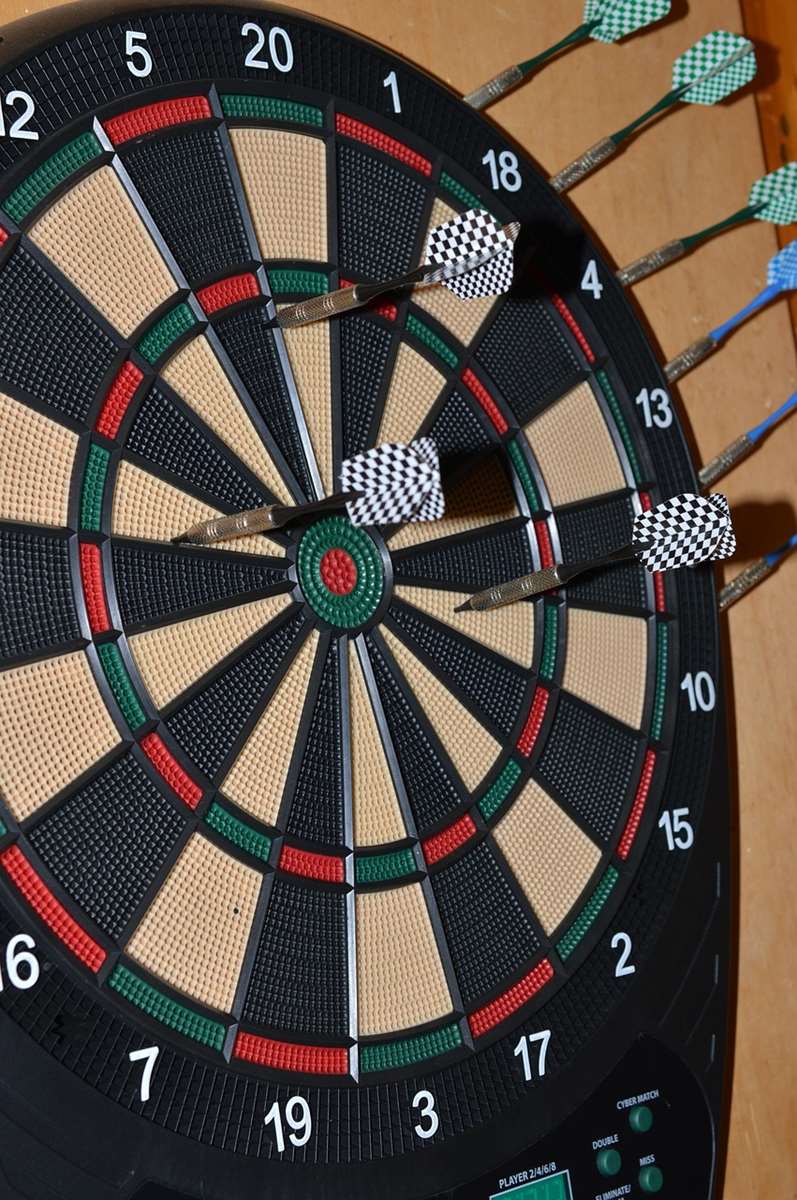
What Constitutes a White Wash?
To fully understand what a **darts white wash** is, it’s crucial to define what constitutes a “leg” in darts. A leg is simply one game of darts, usually a race to zero from 501. A match is comprised of a set number of legs (e.g., best of 5 legs, best of 11 legs, etc.). Therefore, a **darts white wash** occurs when a player wins all the legs required to win the match, without their opponent winning a single leg. For example, if a match is best of 5 legs, and a player wins 3-0, that’s a **darts white wash**. Similarly, in a best of 11 legs match, a 6-0 score would also be considered a **darts white wash**.
The Significance of a Darts White Wash
A **darts white wash** carries significant weight in the world of darts, holding both statistical and psychological importance.
- Statistical Significance: A **darts white wash** immediately skews the statistics of the match. It highlights a clear difference in averages, checkout percentages, and overall performance. These stats contribute to player rankings and future match analysis.
- Psychological Impact: For the winning player, a **darts white wash** can be a massive confidence boost. It demonstrates their ability to perform under pressure and dominate their opponent. Conversely, being whitewashed can be incredibly demoralizing, potentially affecting a player’s future performance. This is why managing the mental game is crucial in professional darts.
- Rarity Factor: Due to the skill and competitiveness at higher levels, a **darts white wash** is a relatively rare occurrence, making it a noteworthy event when it does happen. It instantly becomes a talking point among fans and pundits.
Famous Darts White Wash Examples
While **darts white washes** are uncommon, they have occurred in professional darts, often leaving a lasting impression on fans and players alike. While pinpointing *every* instance is difficult, here are a few notable scenarios:
- Though specific details might be elusive without extensive archival research, any instance of a top-ranked player whitewashing another highly-ranked player at a major tournament would be a memorable example. Imagine Michael van Gerwen whitewashing Gerwyn Price – that would certainly make headlines!
- Remembering particular match details is key. Focus on the “David vs. Goliath” scenarios, where a lower-ranked player unexpectedly delivers a **darts white wash** to a higher-ranked opponent. These upsets are what make darts so exciting.
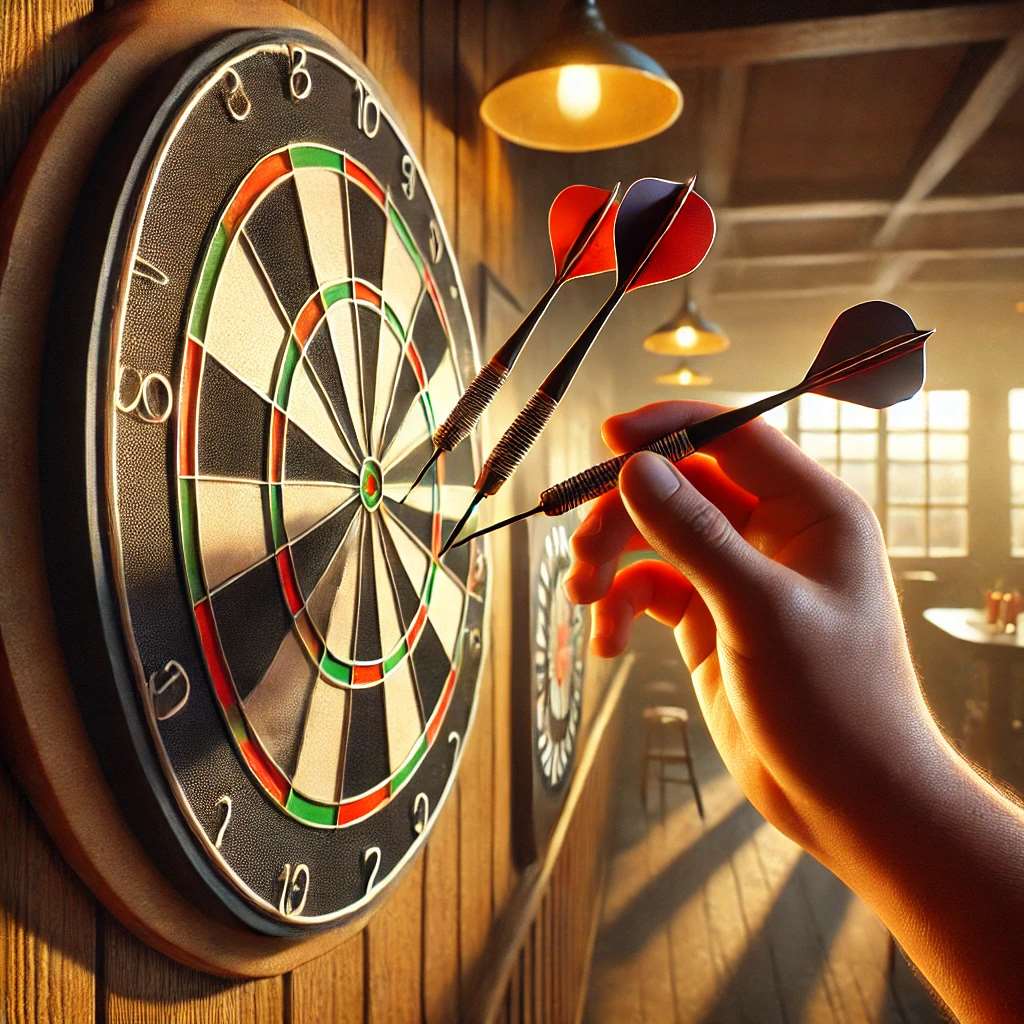
While precise examples are difficult to recall offhand without detailed records, searching for upset victories at major tournaments is a good way to uncover potential **darts white wash** matches. Check reputable darts news sites and tournament results archives for this kind of information.
Strategies to Avoid Being Whitewashed in Darts
No darts player wants to experience a **darts white wash**. Here are some strategies to help avoid this undesirable outcome:
- Maintain Focus and Composure: Even if you fall behind early, it’s crucial to stay mentally strong. Avoid letting the scoreline affect your game. Use techniques like deep breathing and positive self-talk to maintain focus.
- Adjust Your Strategy: If your initial game plan isn’t working, don’t be afraid to adapt. Consider changing your throwing style, target selection, or even your darts if necessary.
- Capitalize on Opportunities: Every dart counts. Be ready to seize any opportunity your opponent gives you, whether it’s a missed double or a poor scoring round. Converting key opportunities can break the momentum and swing a leg in your favor.
- Practice Under Pressure: Simulate match conditions during practice to build resilience and improve your ability to perform under pressure. This could involve playing practice matches with stakes or focusing on specific scenarios.
- Analyze Your Opponent: Understanding your opponent’s strengths and weaknesses can give you a strategic edge. Observe their tendencies, identify their preferred targets, and adjust your game accordingly. Knowing whether they prefer tops or are strong on the trebles can be invaluable.
Mental Fortitude in Darts
A crucial element in avoiding a **darts white wash** is mental fortitude. Darts is as much a mental game as it is a physical one. If you start to feel overwhelmed, it’s easy to lose focus and make mistakes. Developing mental resilience through techniques like visualization, mindfulness, and positive self-talk can significantly improve your performance. Don’t underestimate the power of a positive attitude!
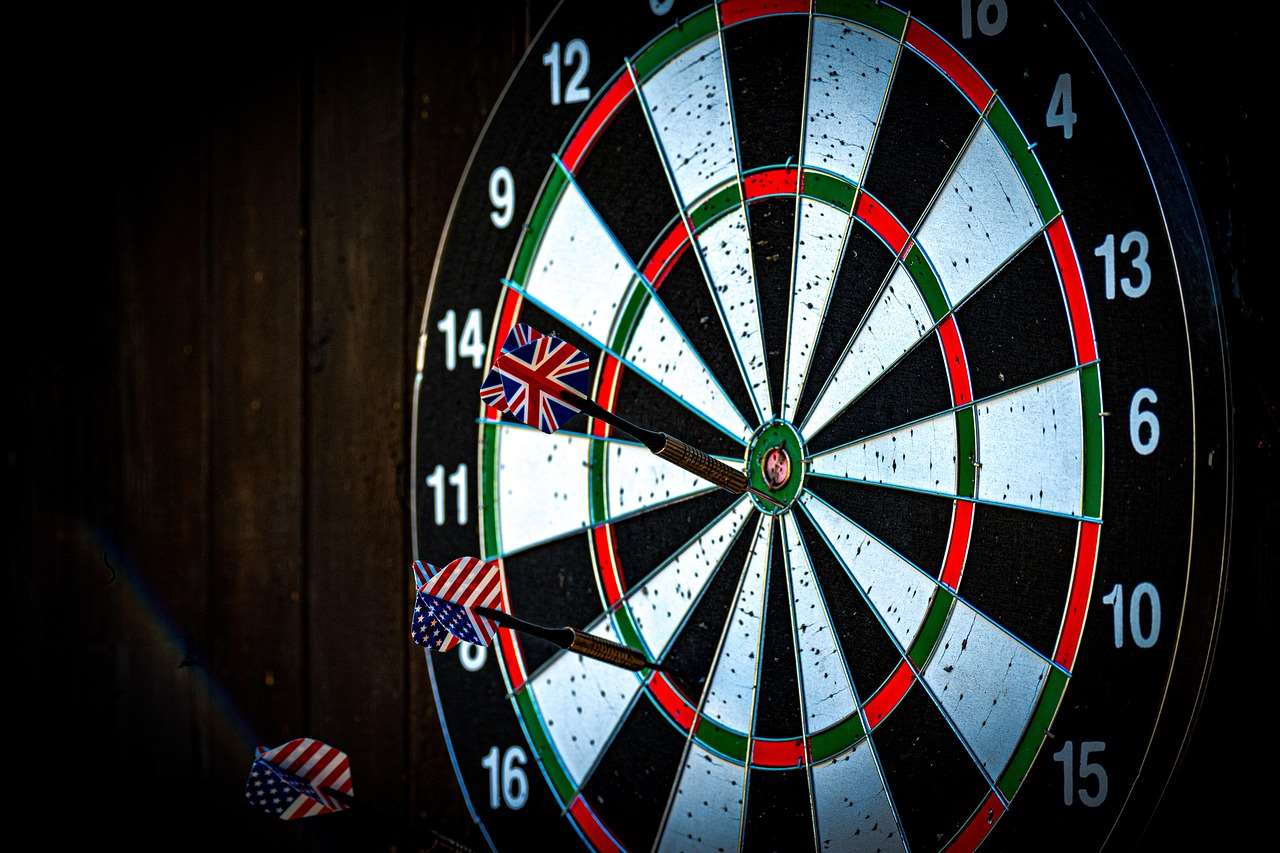
Factors Contributing to a Darts White Wash
Several factors can contribute to a **darts white wash**, highlighting the complex interplay of skill, strategy, and mental strength in darts:
- Superior Accuracy: Consistently hitting your target, particularly trebles and doubles, is essential for winning legs. A significant disparity in accuracy can quickly lead to a **darts white wash**.
- Strategic Advantage: Smart target selection, effective checkout strategies, and the ability to capitalize on opponent errors are all crucial for gaining a strategic advantage.
- Mental Toughness: The ability to handle pressure, maintain focus, and bounce back from setbacks is paramount. A player who crumbles under pressure is more likely to be whitewashed.
- Opponent’s Performance: Sometimes, a **darts white wash** is less about one player’s failings and more about their opponent’s exceptional performance. A player in top form can be almost impossible to beat.
- Luck (to a small extent): While skill dominates, a lucky bounce or a timely outshot can sometimes shift momentum and influence the outcome of a leg. darts shop putte
Even the best players in the world sometimes struggle, and a combination of these factors can lead to an unexpected **darts white wash**.
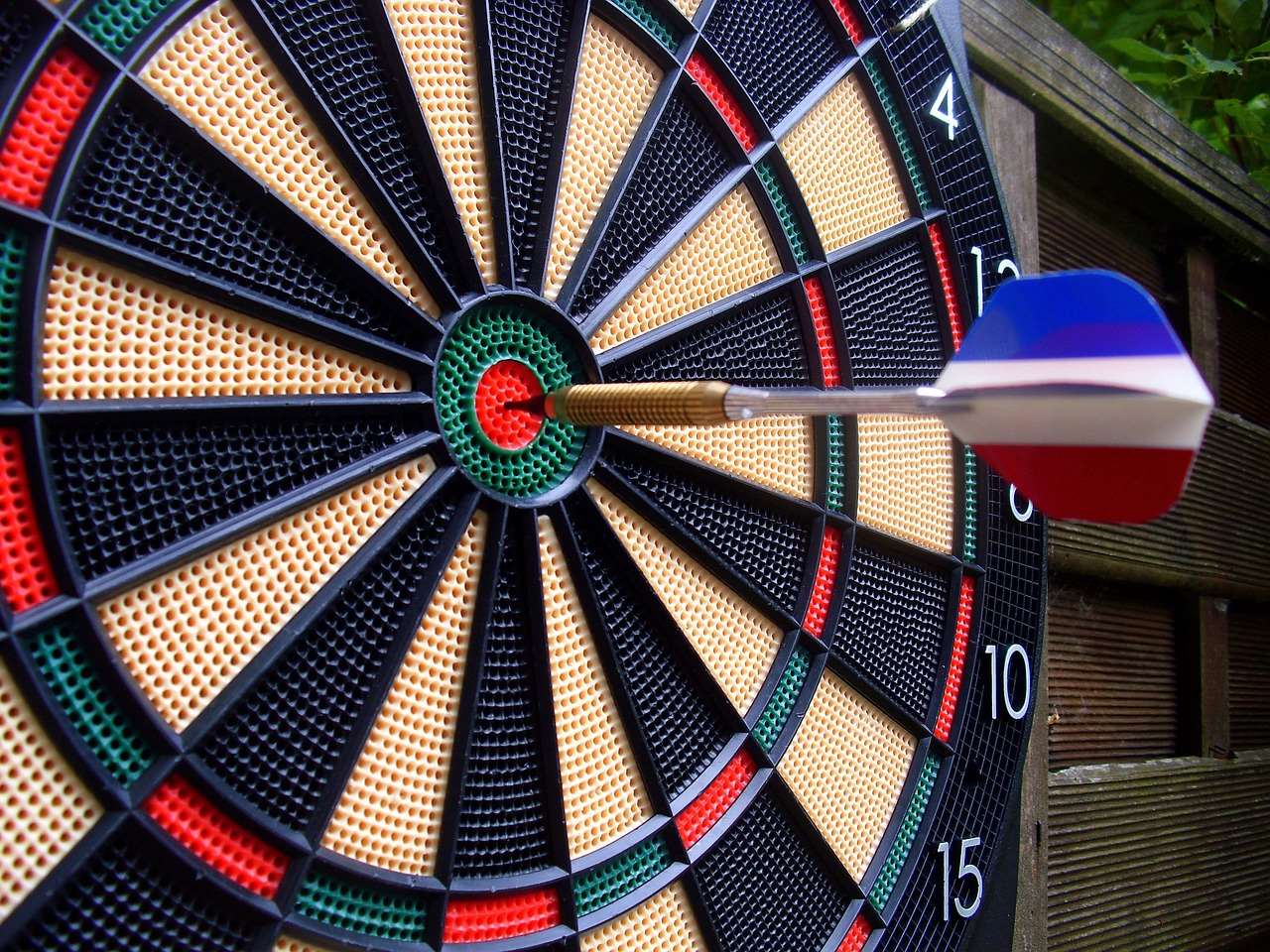
Analyzing Your Darts Game to Prevent a White Wash
To prevent a **darts white wash** from happening to you, you need to understand your own game inside and out. This requires honest self-assessment and a commitment to improvement.
- Track Your Stats: Keep detailed records of your averages, checkout percentages, and other key statistics. This data will reveal areas where you need to improve. Consider using an App to score darts for easy tracking.
- Identify Weaknesses: Be honest about your weaknesses. Are you struggling with doubles? Are you inconsistent with your scoring? Once you identify your weaknesses, you can focus on improving them. Perhaps darts flight kit modifications are in order.
- Seek Feedback: Ask a trusted friend, coach, or fellow darts player to watch you play and provide constructive criticism. A fresh perspective can help you identify areas that you might be overlooking. Also see how to hang dartboard without bracket
- Practice Regularly: Consistent practice is essential for improving your skills. Dedicate time to practice specific areas of your game, such as doubles or scoring under pressure.
- Experiment with Equipment: Try different darts, shafts, and flights to find the equipment that works best for you. Small changes can sometimes make a big difference.
Remember, consistent effort and a willingness to learn are key to improving your game and avoiding a **darts white wash**.
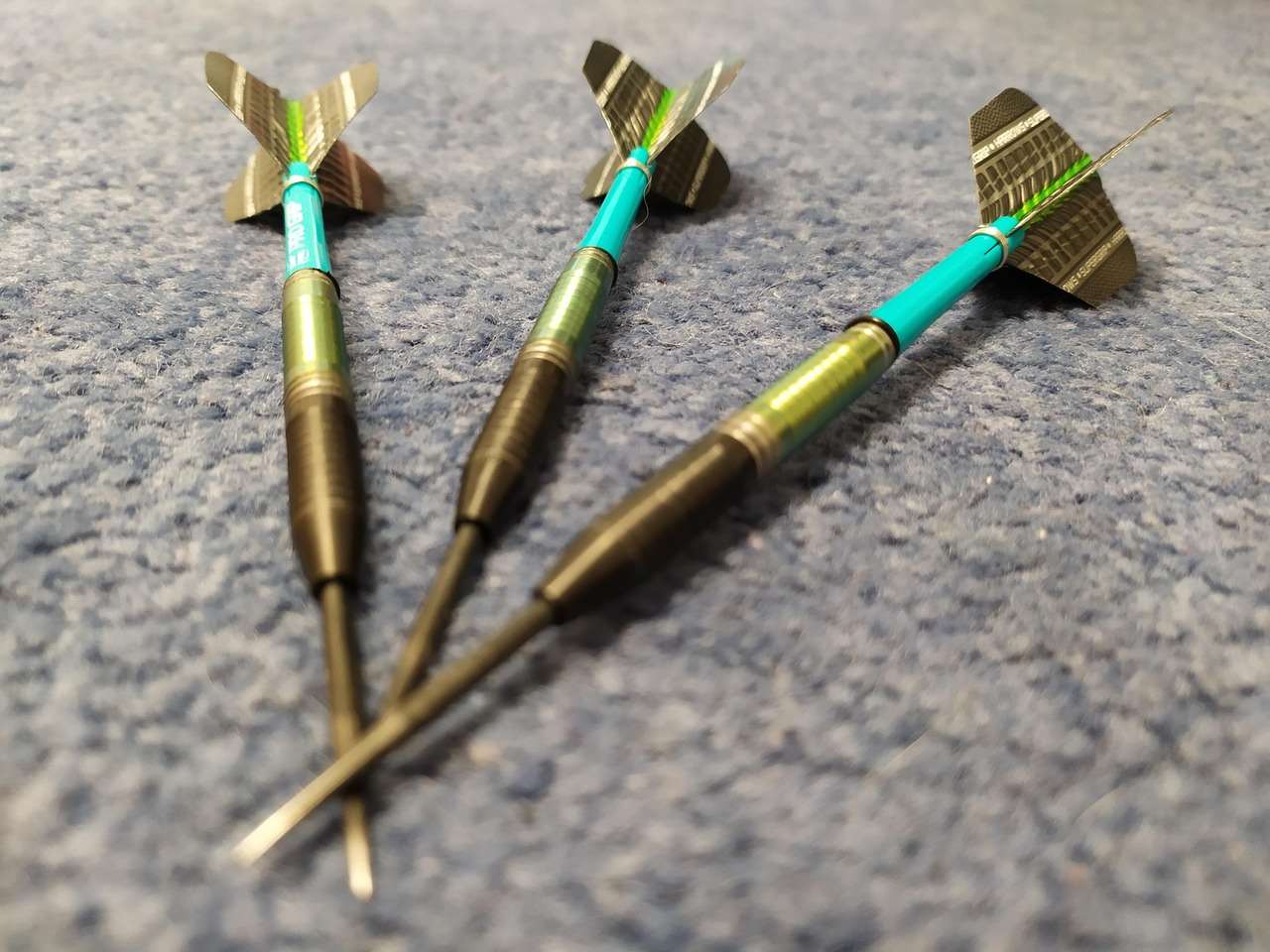
The Future of Darts and the White Wash
As darts continues to grow in popularity and professionalism, the standard of play is constantly rising. This makes the prospect of a **darts white wash** even more challenging. Players are becoming more accurate, strategic, and mentally tough, making it increasingly difficult to completely dominate an opponent. The level of competition is simply too high. darts bullseye to floor measurements are more consistent.
However, the unpredictable nature of darts means that anything is possible. Upsets will always happen, and a **darts white wash**, while rare, will undoubtedly occur again, reminding us of the drama and excitement that make darts such a compelling sport. The allure of events like darts masters events is growing.
Conclusion
The **darts white wash** is more than just a scoreline; it’s a statement. It represents complete dominance, highlighting the skill, strategy, and mental fortitude required to excel in darts. While it’s a desirable outcome for the victor, it’s a stark reminder of the challenges and pressures of the sport for the loser. By understanding the factors that contribute to a **darts white wash** and implementing strategies to avoid it, players can improve their game and increase their chances of success. Now, armed with this knowledge, go practice, analyze your game, and aim for that elusive 180. Good luck, and may your darts always find their mark!
Hi, I’m Dieter, and I created Dartcounter (Dartcounterapp.com). My motivation wasn’t being a darts expert – quite the opposite! When I first started playing, I loved the game but found keeping accurate scores and tracking stats difficult and distracting.
I figured I couldn’t be the only one struggling with this. So, I decided to build a solution: an easy-to-use application that everyone, no matter their experience level, could use to manage scoring effortlessly.
My goal for Dartcounter was simple: let the app handle the numbers – the scoring, the averages, the stats, even checkout suggestions – so players could focus purely on their throw and enjoying the game. It began as a way to solve my own beginner’s problem, and I’m thrilled it has grown into a helpful tool for the wider darts community.